Spot the signs of the seasons
Let us know what's happening to animals and plants near you and help scientists track the effects of climate change on wildlife.
Explore Nature's Calendar
Citizen science officer - Nature's Calendar
Have you noticed a bumper crop of acorns this year? You’re not alone – it seems that across the UK, oak trees are having what’s known as a mast year. The bountiful harvest is a clever strategy to ensure the future generation of oak trees and it’s welcome food for wildlife too. But how and why do trees produce a mast year?
An oak can drop several hundred acorns in a single square metre.
Every species of tree and shrub has a distinctive way of reproducing. Autumn is the prime time to see this and can help us recognise different species too. Acorns, conkers, winged seeds and an array of fruits, berries and cones make autumn’s colourful leaf displays even more enjoyable.
Every few years, some species of trees and shrubs produce a bumper crop of their fruits or nuts. The collective term for these fruits and nuts is 'mast', so we call this a mast year.
Two of our most recognisable trees, oak and beech, fluctuate massively year on year in the amount of acorns and beech nuts they produce. Some years seem to have very little while in others, the nuts create a thick carpet beneath the trees.
One of the main theories for this behaviour is ‘predator satiation’. Take oak and beech as an example again. Animals like squirrels, jays, mice and badgers feed on the acorns and beech nuts. When the trees produce smaller crops for a few consecutive years, they are in effect keeping the populations of these animals in check. But during a mast year, the trees produce more food than the animals can possibly eat.
This abundance causes a boom in populations of small mammals like mice. More importantly, it guarantees some will be left over to survive and grow into new trees. Mast years have a major evolutionary advantage for the tree. Producing nuts is costly work and slightly stunts the tree’s growth, but as it tends to happen every 5-10 years, it’s worth the payoff for some of the crop to germinate into new saplings.
Research has shown major mast years for beech trees are synchronised across all of northern and western Europe!
Mast years are not just one off events for individual trees. The vast majority of trees in a particular species will have a fantastic crop all across the UK in the same year. How the trees co-ordinate this when they’re so far apart is one of nature’s many mysteries.
We don’t yet know exactly how trees communicate with each other and we can't predict when any one species will have a mast year, but we do better understand what causes it. Weather certainly has a part to play. To produce a healthy crop, the trees need the right combination of temperature and rainfall in the spring. Phenology – the study of the timing of natural events in relation to the weather – can help us better understand this.
Dr Andrew Hacket-Pain has used records from our Nature's Calendar phenology project to research masting. He says oaks produce a similar number of flowers each spring, so the size of autumn’s acorn crop depends on how many of these flowers are able to mature into ripe acorns. According to Dr Hacket-Pain, this can’t be fully explained yet but it’s clear that spring weather conditions are important. When spring is warm and dry, pollination of oak flowers is very effective and this results in a large crop of acorns.
Nature’s Calendar is our citizen science project that tracks the effects of weather and climate change on wildlife across the UK. Its records date all the way back to 1736! The amount of fruit for trees and shrubs like oak, beech and blackthorn are among around 150 events that volunteers record for the project.
It’s too early to tell for sure yet, but the records so far this autumn suggest it’s an exceptionally good year for acorn crops. According to Nature’s Calendar, the largest average crop in the last 20 years was 2013. We’ll have to wait until the end of the season to see how 2020 matches up.
Have you seen lots of fruit or nuts on a tree near you? Join Nature’s Calendar to record your sightings and help us to determine if we are in a mast year!
Every record is valuable. The data recorded helps us to better understand the effects of climate change and other patterns in the natural environment. By taking a few minutes to share what you see, you'll be adding to hundreds of years' worth of important data. We couldn't do this work without you!
Let us know what's happening to animals and plants near you and help scientists track the effects of climate change on wildlife.
Explore Nature's Calendar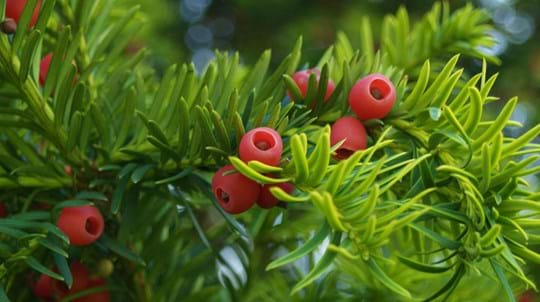
Blog
Charlotte Varela • 30 Sep 2023
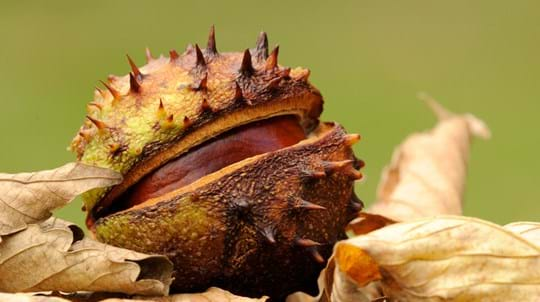
Blog
Amy Lewis • 23 Aug 2019
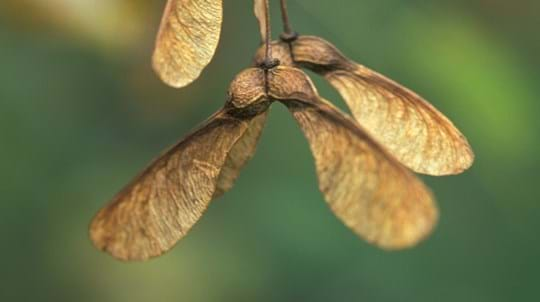
Blog
Charlie Mellor • 29 Aug 2019
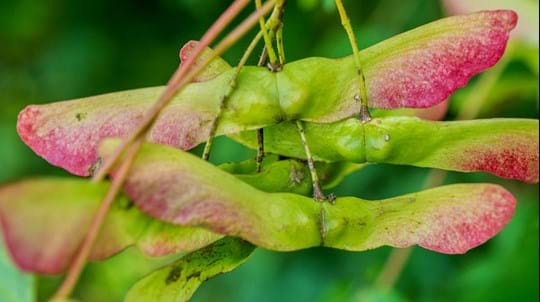
Blog
Charlie Mellor • 30 May 2019
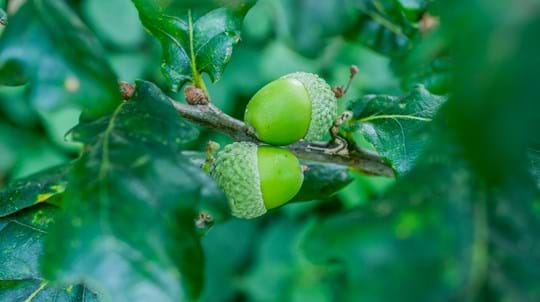
Blog
Emilie Bonnevay • 03 Sep 2019

Blog
Rachel Hoskins • 24 Jun 2019